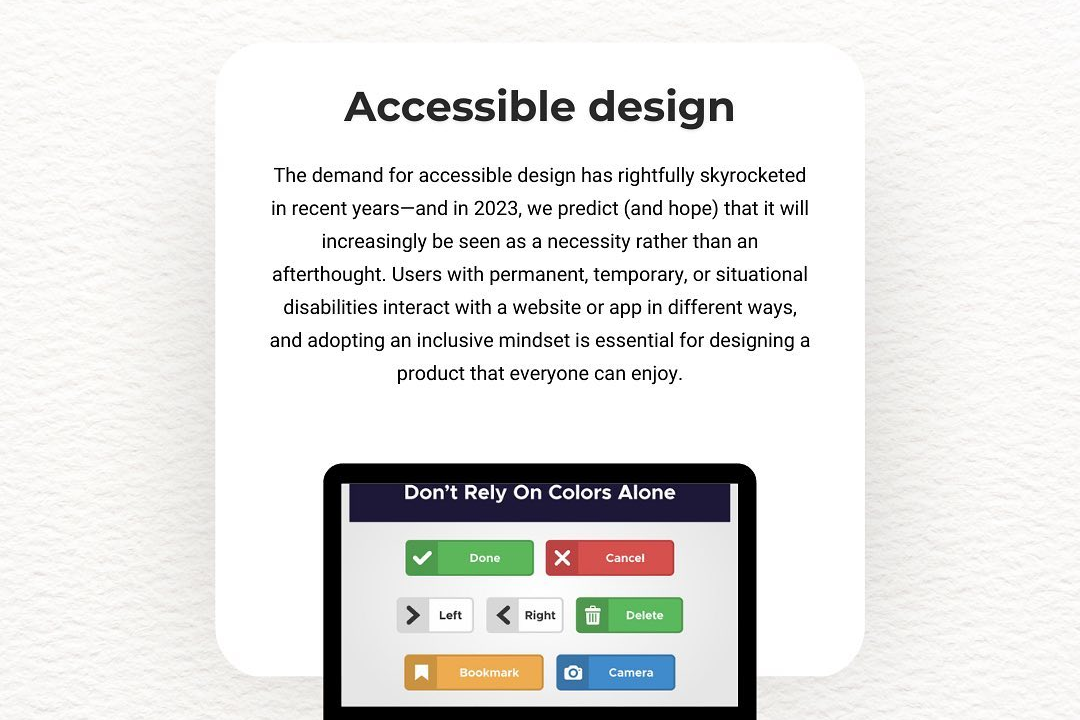Best Ways To Authenticate Users With React-Native
Authenticating users in React Native involves implementing secure methods to verify user identities
Best Ways To Authenticate Users With React-Native
Authenticating users in React Native is essential for ensuring the security and integrity of user data while providing a personalized experience. Utilizing third-party services like Firebase Authentication allows developers to easily implement secure login methods, such as email/password, Google, or Facebook sign-ins, streamlining the process for users. Moreover, employing JSON Web Tokens (JWT) for managing user sessions enhances security and simplifies data exchange between the client and server. By integrating best practices for user authentication, developers can deliver a reliable, trustworthy app that safeguards user information while fostering user engagement and satisfaction.
To Download Our Brochure: https://www.justacademy.co/download-brochure-for-free
Message us for more information: +91 9987184296
Authenticating users in React Native is essential for ensuring the security and integrity of user data while providing a personalized experience. Utilizing third party services like Firebase Authentication allows developers to easily implement secure login methods, such as email/password, Google, or Facebook sign ins, streamlining the process for users. Moreover, employing JSON Web Tokens (JWT) for managing user sessions enhances security and simplifies data exchange between the client and server. By integrating best practices for user authentication, developers can deliver a reliable, trustworthy app that safeguards user information while fostering user engagement and satisfaction.
Course Overview
The “Best Ways to Authenticate Users with React Native” course provides a comprehensive exploration of modern authentication techniques tailored specifically for mobile applications built with React Native. Participants will learn to implement various authentication methods, including password-based login, and social media integrations like Google and Facebook, using popular tools like Firebase Authentication and JWT. Through hands-on projects, learners will gain practical experience in securing user data, managing sessions, and ensuring a seamless login experience. By the end of the course, students will be equipped with the skills to create robust, user-friendly authentication systems that enhance overall application security and user engagement.
Course Description
The “Best Ways to Authenticate Users with React Native” course offers an in-depth exploration of effective user authentication methods tailored for mobile applications. Participants will learn to implement various techniques, including password authentication, social media logins, and multi-factor authentication using tools like Firebase and JWT. Through engaging real-time projects, students will gain hands-on experience in creating secure and user-friendly authentication systems that protect sensitive information while providing a seamless user experience. By the end of the course, learners will be well-equipped to implement robust authentication solutions in their React Native applications.
Key Features
1 - Comprehensive Tool Coverage: Provides hands-on training with a range of industry-standard testing tools, including Selenium, JIRA, LoadRunner, and TestRail.
2) Practical Exercises: Features real-world exercises and case studies to apply tools in various testing scenarios.
3) Interactive Learning: Includes interactive sessions with industry experts for personalized feedback and guidance.
4) Detailed Tutorials: Offers extensive tutorials and documentation on tool functionalities and best practices.
5) Advanced Techniques: Covers both fundamental and advanced techniques for using testing tools effectively.
6) Data Visualization: Integrates tools for visualizing test metrics and results, enhancing data interpretation and decision-making.
7) Tool Integration: Teaches how to integrate testing tools into the software development lifecycle for streamlined workflows.
8) Project-Based Learning: Focuses on project-based learning to build practical skills and create a portfolio of completed tasks.
9) Career Support: Provides resources and support for applying learned skills to real-world job scenarios, including resume building and interview preparation.
10) Up-to-Date Content: Ensures that course materials reflect the latest industry standards and tool updates.
Benefits of taking our course
Functional Tools
1 - React Navigation
React Navigation is an essential tool for managing navigation and routing within React Native applications. It provides a robust and flexible way to implement various navigation patterns, from simple stack navigation to more complex tab and drawer navigations. In the context of user authentication, React Navigation enables developers to maintain different navigational flows based on user login status, directing authenticated users to the home screen while redirecting unauthenticated users to the login or registration screens. This framework allows for a seamless user experience by ensuring users have immediate access to the appropriate parts of the application.
2) Firebase Authentication
Firebase Authentication is a powerful tool that provides backend services for managing user authentication in mobile applications. It supports multiple sign in methods, including email/password, social logins (e.g., Google, Facebook), and phone numbers. Using Firebase, students will learn how to set up user authentication with real time database capabilities. This integration simplifies the user management process, as Firebase handles security, user sessions, and account creation, allowing developers to focus on building engaging application features without worrying about infrastructure overhead.
3) JWT (JSON Web Tokens)
JWT serves as a compact, URL safe means of representing claims to be transmitted between two parties. In the authentication flow, students will learn how to implement JWT for session management in React Native applications. By creating tokens upon user login, developers can securely transfer user information between client and server. Accessing protected resources becomes more manageable, as the server can verify the user's token on each request. Understanding JWT’s structure and its security implications is crucial for building scalable and secure authentication processes.
4) Axios
Axios is a promise based HTTP client for both the browser and Node.js, which simplifies making requests to REST APIs. In the course, students will utilize Axios to communicate with their back end servers for user authentication tasks such as logging in, signing up, and handling session management. By using Axios, students learn to implement error handling and response interceptors, enhancing both security practices and user experience. Understanding how to integrate Axios for API requests is vital for developing a responsiv
Top User Authentication Methods for React Native Apps
Top User Authentication Strategies for React Native Applications
Top User Authentication Methods for React Native Apps in 2023
Effective User Authentication Techniques for React Native Apps in 2023











